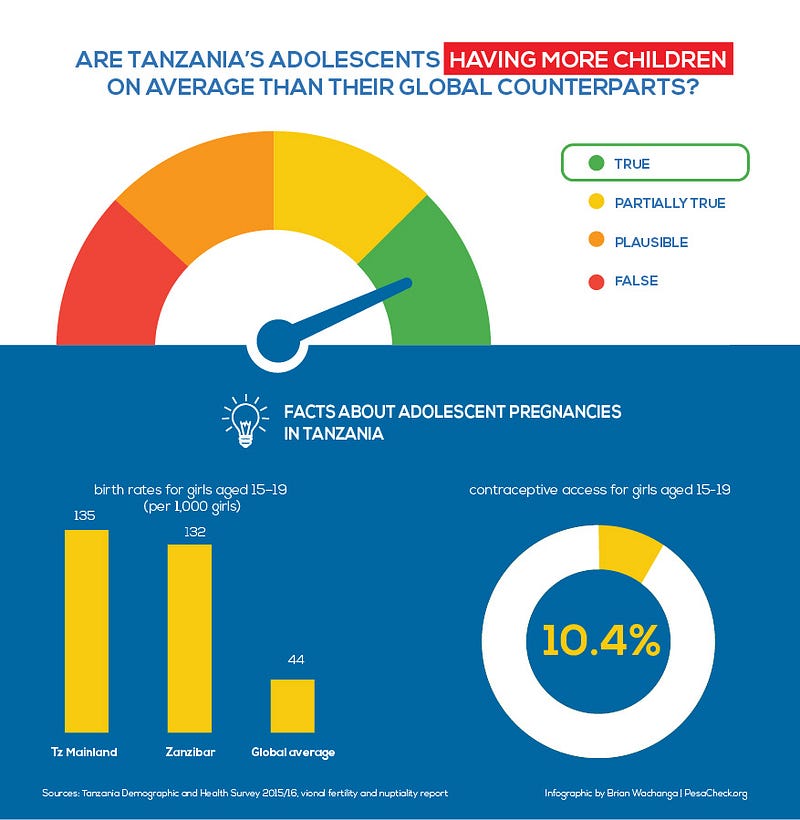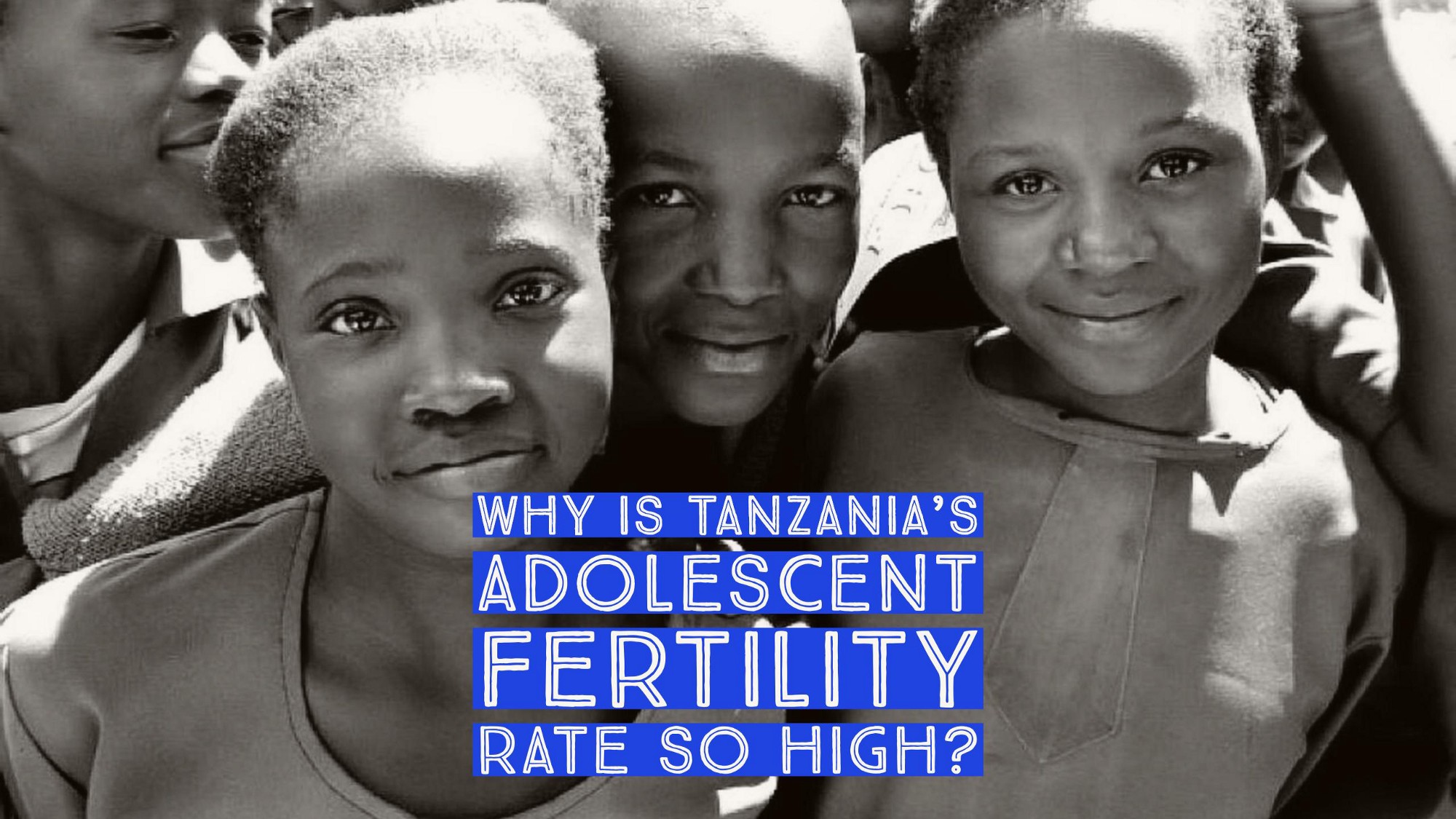The Comprehensive Community-Based Rehabilitation in Tanzania (CCBRT), an organization which works to provide affordable medical and rehabilitative services for mothers and newborns throughout Dar-es-Salaam, marked World Contraception Day on September 26 with a call for more efforts to meet the reproductive health needs of teens between 15 and 19 years old.
The report highlights a worrying statistic — Tanzania’s adolescents are having almost three times as many children on average as their global counterparts, with 135 births per 1000 girls reported in the country, compared to an average of 44 per 1000 girls aged 15–19 worldwide in 2015.
CCRBT attributes the high adolescent fertility rate to a lack of access to contraceptive services, with Technical Advisor for Nursing Bola Abbas saying, that only about 8 per cent of current family planning clients are between the ages of 15 to 19.
On a national scale, Abbas explains, demand for family planning among adolescent girls is still very low, with only one out of every three of those who are sexually active within the 15 to 19 age group using modern contraceptive methods.
So the question is, how does Tanzania’s adolescent fertility rate compare to that of the rest of the world?

Pesacheck investigated the claim that Tanzanian adolescents are having three times as many children as their peers in the rest of the world and found that the statement is TRUE for the following reasons:
Tanzania’s adolescent fertility numbers are rather high, with 4.4% of girls aged 15 having given birth according to the country’s Demographic and Health Survey.
The Sustainable Development Goals call for countries to ensure universal access to sexual and reproductive healthcare services, including family planning, information and education, and the integration of reproductive health into national strategies and programmes by 2030.
The indicators for this goal are the proportion of women of reproductive age (15–49 years) who have their need for family planning satisfied with modern methods, and the adolescent birth rate (10–14 years and 15–19 years) per 1,000 women in that age group.
For several sub-Saharan countries, Tanzania included, access to modern family planning methods is low for this particular age group, and as a result, the regional average is 105 births per 1,000, which is more than double the global average.
Tanzania’s National Bureau of Statistics produced a national fertility and nuptiality report based on data from the 2012 national census, which shows that Adolescent Fertility Rate (AFR) was 81 births per 1,000 women aged 15–19.
The report further shows that in 2012, 23.3% of adolescent girls in the country had given birth to at least one child. Additionally, 42.2% of girls who had never attended school had given birth, compared to just 9% of those who had reached university.
This shows that there is a need for contraceptive access for teenage girls in Tanzania, especially for girls in rural areas and those with limited access to education.
The Tanzania Demographic and Health Survey 2015–16 indicates that 27% of girls aged 15–19 have given birth. Crude birth rates for girls aged 15–19 show that there 135 births per 1,000 girls in Mainland Tanzania and 132 per 1,000 girls in Zanzibar, way above the global average of 44. The data also shows that contraceptive access for this age group is also quite low, with 10.4% of girls aged 15–49 using any form of contraception.
It would therefore appear that the lack of access to contraceptives is contributing to the increased likelihood of adolescent girls getting pregnant.
So the claim by CCBRT that Tanzania’s adolescent fertility rate is almost three times the global average is TRUE. This is driven largely by a lack of access to contraceptives for young people in the 15–19 age group, and the relatively high levels of poverty that have driven many out of school and into early marriage.
As a result, the country is unlikely to meet the Sustainable Development Goal of overall good health and wellbeing of mothers unless it puts measures in place to ensure universal access to sexual and reproductive health-care services for girls and women of all ages.
Do you want us to fact-check something a politician or other public figure has said about public finances? Complete this form, or reach out to us on any of the contacts below, and we’ll help ensure you’re not getting bamboozled.
This report was written by PesaCheck Fellow Belinda Japhet, a Communications Consultant, Online Editor based in Tanzania. The infographics are by PesaCheck Fellow Brian Wachanga, who is a Kenyan civic technologist interested in data visualisation. This report was edited by PesaCheck Managing Editor Eric Mugendi.
